PinePhone OSes: PureOS
I've been following the development of PureOS for about a year. I've been reading the Purism blog, and I've been watching Purism's and HackerGames's videos. I really wanted to Librem 5, but since I'm a teenager, I can't afford one. So I was very excited when I learned that somebody ported PureOS to the PinePhone. How good is it?
History
In 2017, Purism crowd funded the Librem 5 on their website. From there they started working on PureOS and Phosh for the Librem 5. Purism already maintained PureOS as a desktop operating system with the goal to follow free software foundation standards. So development began on porting PureOS to the Librem 5. PureOS uses GNOME, which doesn't work very well on mobile, so they start developing Phosh which is a mobile shell that takes advantage of GTK and the GNOME ecosystem. Most Linux shells used QT, so it was going to take a lot of work to make GTK mobile friendly. Purism started work on developing libhandy which allowed developers to make their apps adaptive and work across the desktop as well as the phone.
Phosh was being developed very quickly. In January 2019, HackersGame released a video of PureOS barely booting on the Librem 5 developer kit. Then only 6 months later in June 2019, Solitaire was working!
Fast forward to March of 2020, a PinePhone developer by the name of mozzwald created a port of PureOS to the PinePhone. This was done by taking postmarketOS and adding PureOS's root file system. However eventually the PinePhone developer Clover took over development of the PinePhone port. Since Clover took over, it has become less like PureOS for the Librem 5, and more like it's own thing. There are lots of weird hacks and patches that the Librem 5 version doesn't have, so keep in mind this isn't an exact port like it's advertised, and more like it's own distro that is just based on PureOS.
UI
PureOS uses the Phosh desktop environment. Now, I have talked about Phosh already, however, Purism maintains Phosh, so Phosh should work better on PureOS than most other distros. And Phosh does seem to run faster on PureOS than on Mobian, so good job PureOS.

PureOS's UI is very simple. You hit the arrow button on the bottom to reach the overview which shows your recent apps and app list. There's also a notification center if you tap the status bar on the top. This allows you to change some basic settings and view notifications.
Given that Phosh takes advantage of the GNOME Ecosystem significantly, most of the apps follow the GNOME Human Interface Guidelines, so basically all apps have a similar design. If you use Phosh with GNOME apps, the experience in terms of design, can rival iOS.
Apps
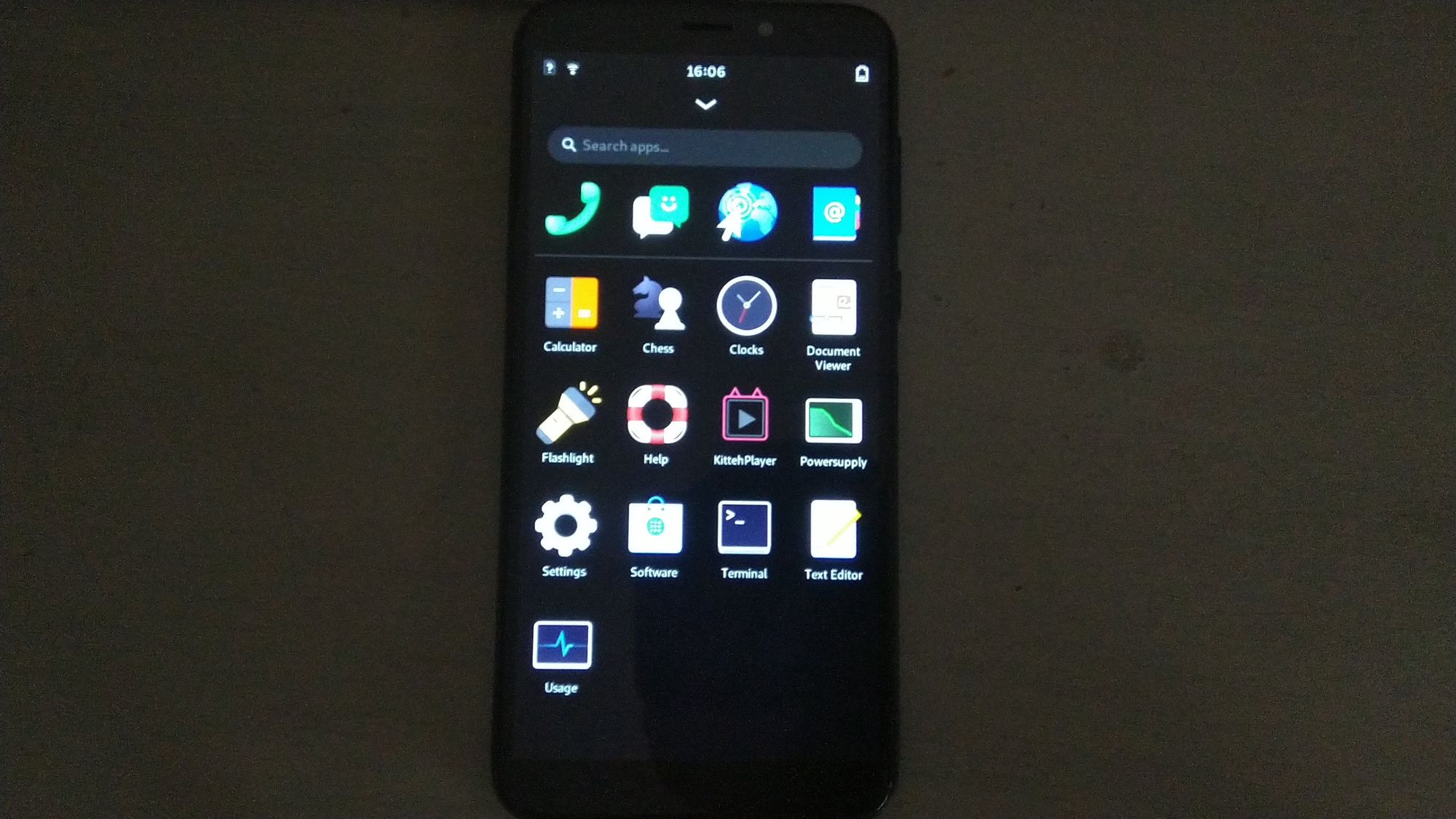
The default app selection is minimal. The apps are Purism's phone and messanging app, GNOME Web, Contacts, Calculator, Chess, Clocks, Document Viewer, Powersupply, Settings, GNOME Software, Terminal, Text Editor, and Usage. It also comes with a dedicated flash light app and KittehPlayer which is weird because KittehPlayer is a QML app that can't fit on the screen in portrait mode. It's slightly different from PureOS's default app selection on the Librem 5 because it is missing Icon Browser (which PureOS comes with on the Librem 5), and PureOS for the PinePhone ships with KittehPlayer, Powersupply and a Flashlight app.

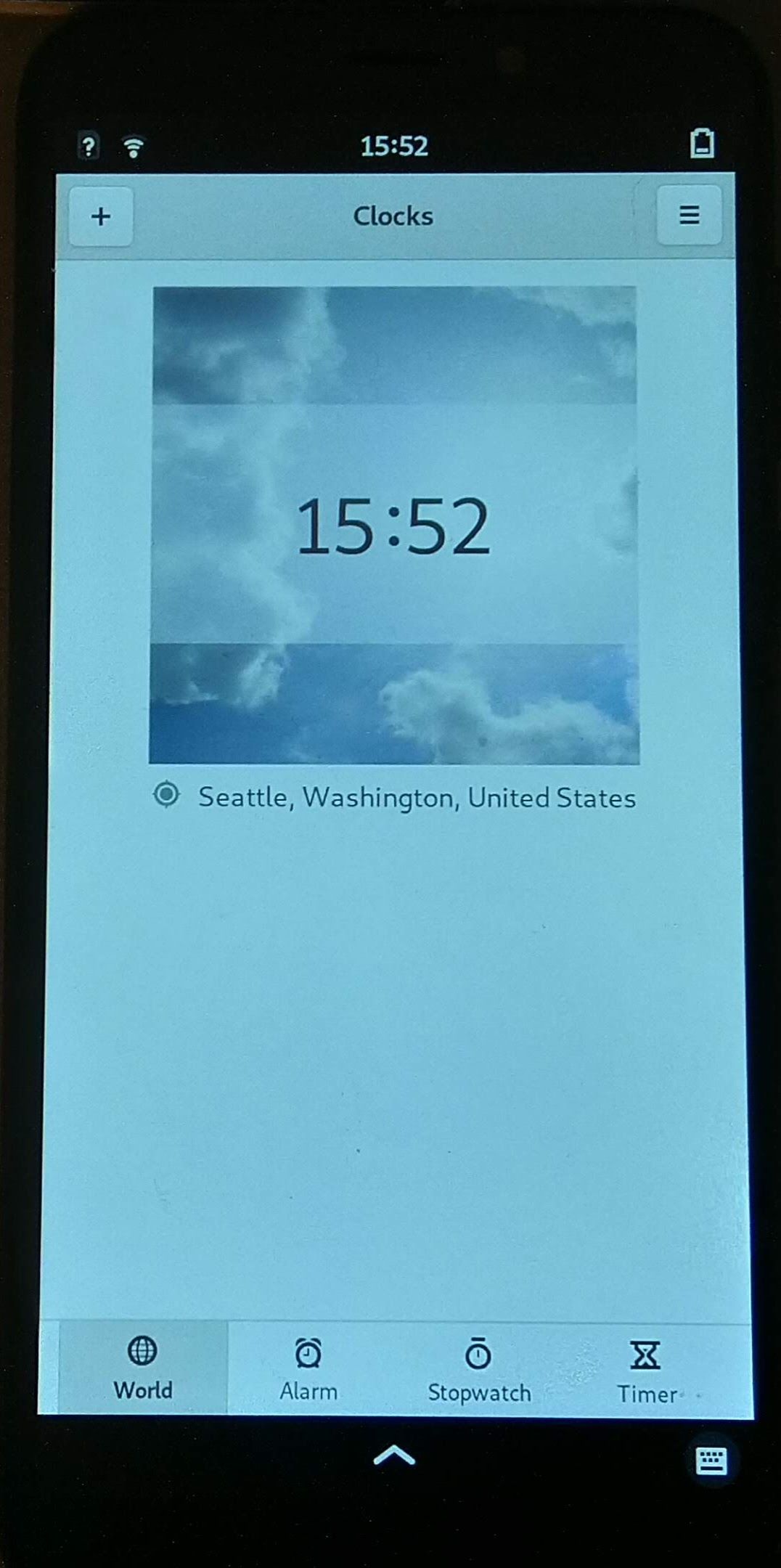
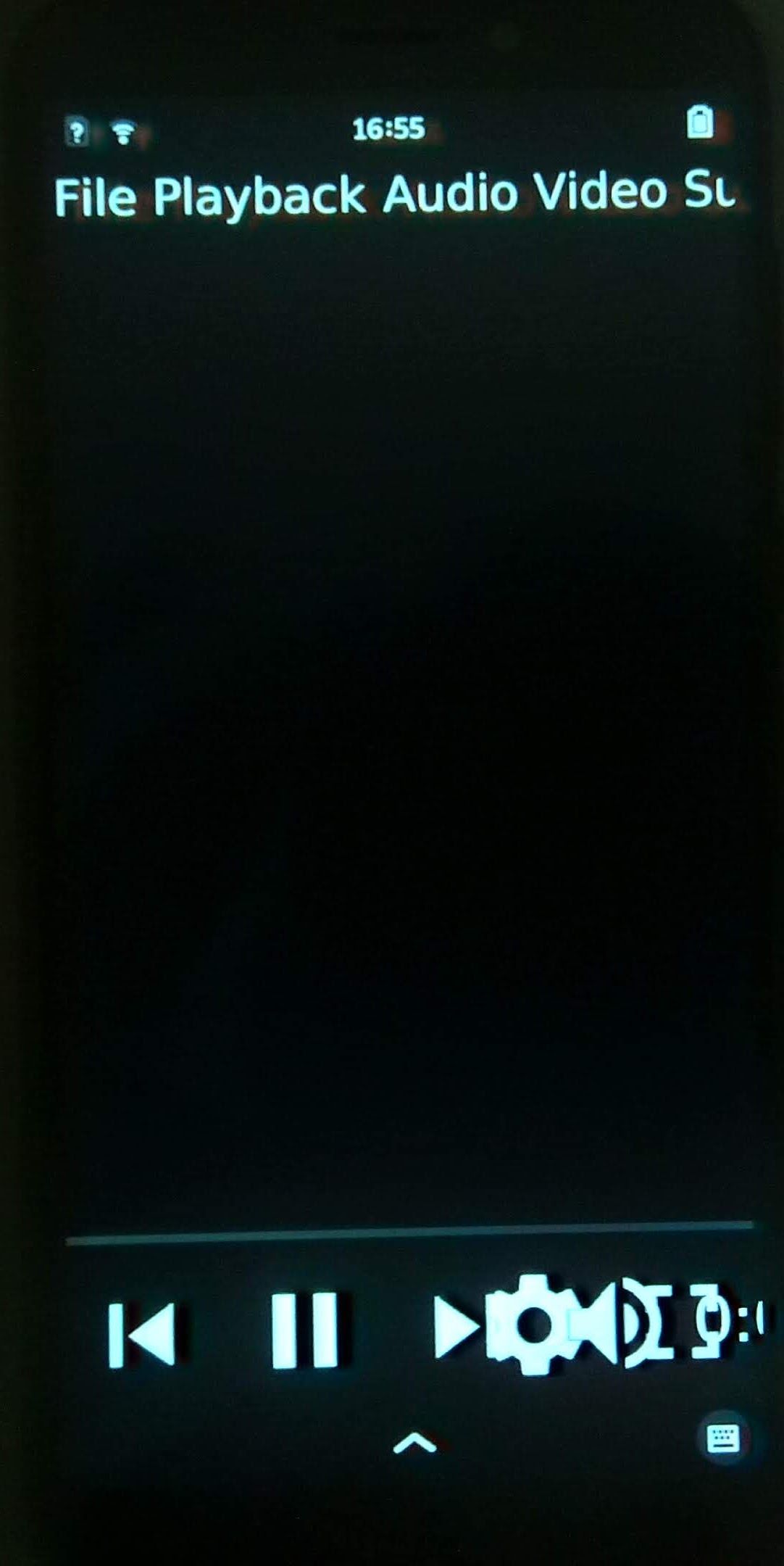
Any GTK app that can adapt to the PinePhone's screen should run flawlessly, although some are a bit slow on the PinePhone because they are made to be ran on the much more powerful Librem 5. QT apps also should run fine, but they can be harder to install because there aren't a lot of adaptive QT apps in the PureOS repo which means you are forced to use Flatpaks. And I couldn't get any Flatpaks to work, so I wasn't able to test any QT apps.
Web Browsing
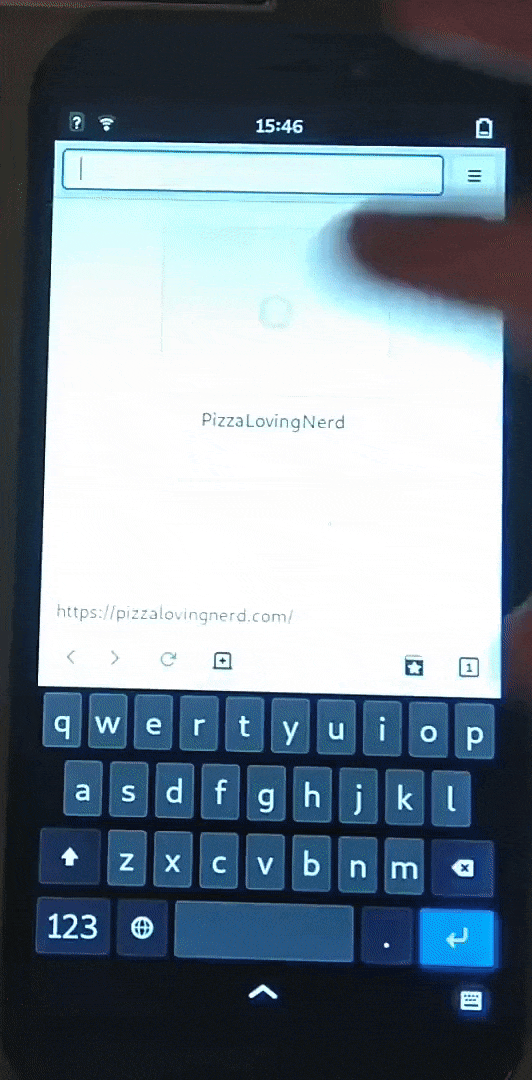
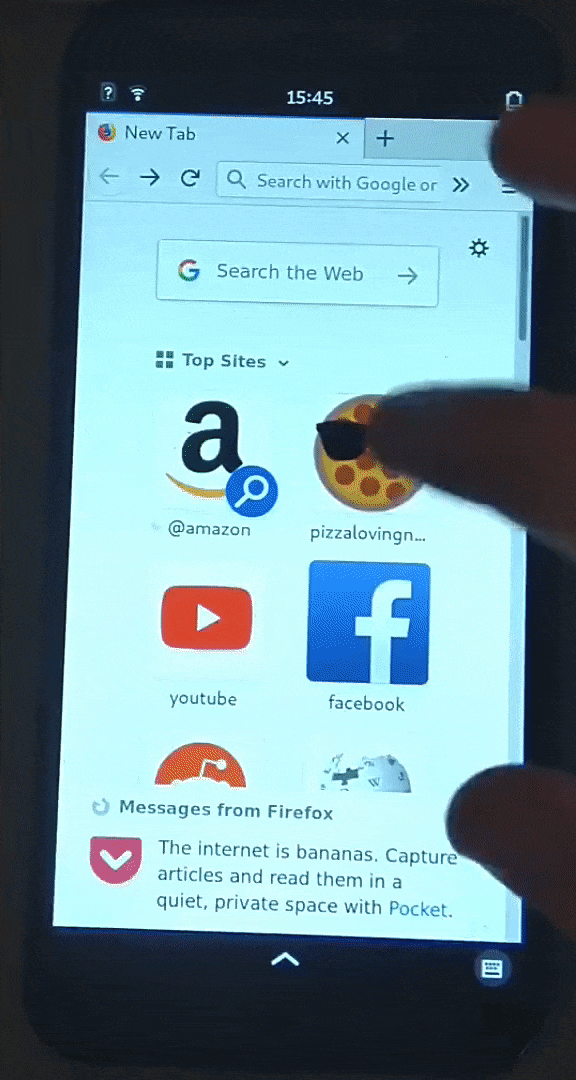
The default web browser in Pure OS is GNOME Web. On PureOS it can load web pages at a decently fast speed, but scrolling is choppy. GNOME Web can actually load YouTube videos on PureOS, but they are very choppy, so the YouTube experience isn't very good.
Firefox ESR can also be installed from the PureOS repo, but I get some weird D-Bus library bug when I try to run it. This could be fixed by modifying Firefox's .desktop file to run Exec=env GDK_BACKEND=wayland /usr/lib/firefox-esr/firefox-esr %u --no-remote. After setting up Firefox, it runs somewhat slow, but it does work although I prefer GNOME Web to Firefox for browsing on PureOS.
Community
Purism has several matrix groups and email lists for PureOS, and they also have a Librem 5 category on the Purism forums. However, the PinePhone version of PureOS doesn't really have any community platforms other than it's git repo, and the Pine64 forum thread.
Conclusion
Even though PureOS on the PinePhone isn't an exact port of PureOS from the Librem 5, I still believe that PureOS on the PinePhone is a great choice if you want a Debian based distro with a bleeding edge version of Phosh. So if you like Phosh, check out PureOS.
Thank you for reading, if you like my work, please become a patron, or donate another way, and join the PizzaLovingNerd community on the chat protocol of your choice.